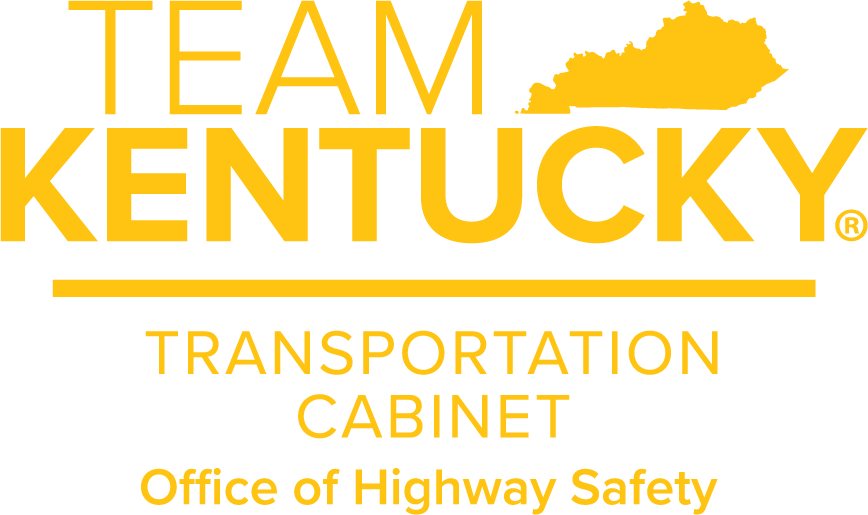Kentucky Taps the Brakes on Speeding This Summer
As travel increases this summer, Kentuckians are encouraged to slow down, obey posted speed limits and help keep everyone on the road safe.
Speed limits are not merely suggestions; they are in place to protect everyone on the road. Driving over the speed limit greatly reduces a driver’s ability to react to unexpected situations, such as stopped traffic, road debris or encountering vulnerable road users such as highway workers, pedestrians, bicyclists and motorcyclists.
Speeding and aggressive driving are major contributors to roadway fatalities. In fact, approximately one-third of all traffic fatalities in Kentucky involve a speeding or aggressive driver. In response, the Kentucky Transportation Cabinet’s Office of Highway Safety (KOHS) is partnering with law enforcement agencies statewide to implement the “Not So Fast, Kentucky” speed awareness campaign through July 31.
“We want families to have a great time exploring all the beautiful things Kentucky has to offer this summer,” said Gov. Andy Beshear “But to keep everyone safe on the road, I’m asking all Kentuckians to slow down, stay focused and be patient with each other on the road. Together, we can prevent crashes and make sure everyone gets home safely.”
Funds for the campaign are provided by the National Highway Traffic Safety Administration and distributed by KOHS to law enforcement agencies that applied and were approved for full-year grants.
“With the summer construction season underway, we’re asking drivers to be especially vigilant in work zones,” added Transportation Cabinet Secretary Jim Gray. “Your choices behind the wheel affect more than just you – they impact your family, friends and everyone sharing the road. Let’s work together to make Kentucky’s roads safer this summer.”
As construction season ramps up, drivers need to stay alert and use extra caution in work zones. A work zone is any part of the highway where government crews, contractors or utility companies are doing construction, repairs, resurfacing, inspections or maintenance. To keep everyone safe, slow down, watch for signs and stay alert.
Legislation passed last year – Senate Bill 107 – increased fines for speeding and aggressive driving in work zones. In addition to fines of $500 or more, drivers may even have their license revoked, depending on the violation. These tougher consequences are in place for a reason. Work zones are active job sites where workers are often feet from traffic. Reduced speeds and attentive driving help prevent crashes and protect everyone on the road.
The KOHS provides the following tips for dealing with speeding and/or aggressive drivers:
- Wear your seat belt! It is your best defense against injury and death.
- Do not challenge the driver by speeding up or attempting to hold your lane.
- Give them plenty of space, as they may lose control of their vehicle more easily.
- Avoid eye contact and ignore gestures.
- If you can safely report an aggressive driver to law enforcement, provide a vehicle description, license number, location and, if possible, direction of travel.
- If an aggressive driver is following you, drive to a safe place such as the nearest police or fire station, gas station or other areas where there are people. Use your horn to get someone’s attention. Do not get out of your car and do not drive home.
For more information, visit notsofastky.com.



